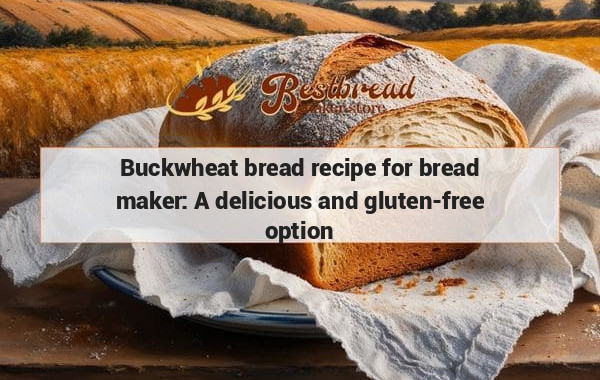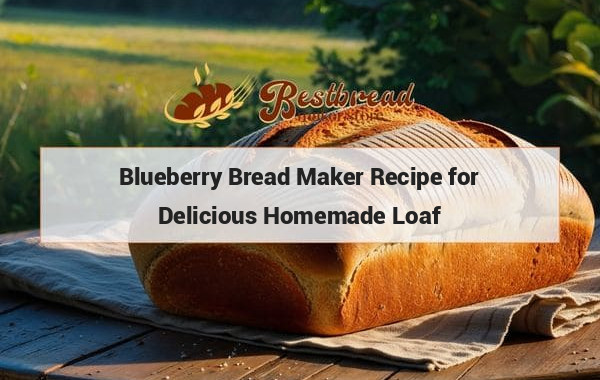Why Bread Makes Cookies Soft: The Science Behind It and How to Achieve the Perfect Texture
Bread makes cookies soft because the moisture from the bread transfers to the cookies during storage. This helps prevent the cookies from becoming dry and hard. The bread acts as a natural humectant, keeping the cookies soft and chewy for a longer period of time.
Why Does Bread Make Cookies Soft?
When baking cookies, the texture and moisture level can significantly impact the final result. Many people are surprised to learn that storing cookies with a slice of bread keeps them soft. The reason behind this has to do with the transfer of moisture between the two items.
Key Takeaways
Bread helps keep cookies soft by sharing its moisture with the cookies. The cookies absorb the water from the bread, which slows down the process of drying out. If you notice your cookies getting hard, try placing a slice of bread in the container—they’ll stay soft and chewy.
Why Bread Keeps Cookies Soft: The Science Behind It
To understand why bread softens cookies, it’s important to dive into the science of moisture transfer. Cookies naturally lose moisture over time, leading to a dry, hard texture. Bread, on the other hand, contains a higher water content and acts as a moisture reservoir.
When bread and cookies are stored together, the moisture from the bread is absorbed by the cookies. Bread loses moisture faster than cookies because of its open structure, which helps prevent the cookies from becoming stale. This exchange of moisture keeps cookies soft for a longer period, creating a perfect environment for chewy, tender treats.
The Role of Humidity and Water Activity
Water activity, or a_w, refers to the availability of water in food products that can support microbial growth or affect texture. Foods with a higher a_w release moisture more readily, which explains why bread can lose water quickly to cookies. In this case, the bread’s higher water activity works in favor of the cookies, helping them retain their ideal texture.
Other Factors That Affect Cookie Softness
Besides bread, there are other ways to maintain the softness of cookies. These include ingredients, baking time, and proper storage methods.
1. Sugar and Its Moisture-Retaining Qualities
Sugars, particularly brown sugar and honey, attract and retain moisture. Cookies made with brown sugar stay softer because it contains molasses, which is hygroscopic—meaning it draws moisture from the air. Replacing part of the white sugar with brown sugar is a quick fix for achieving softer cookies.
2. Shorter Baking Times for Chewier Cookies
Overbaking cookies dries them out faster. By shortening the baking time, you lock in moisture, resulting in a softer texture. Always bake your cookies until they’re just set at the edges and still soft in the middle. They’ll firm up as they cool but remain chewy on the inside.
3. Storing Cookies in Airtight Containers
Air exposure is a major factor in making cookies hard. An airtight container is essential for preserving cookie softness. For the best results, store cookies with a slice of bread, as it provides extra moisture and keeps them soft longer.
Bread's Role in Cookie Softness: A Closer Look
Now that we understand how bread works to keep cookies soft, let’s explore why different types of bread might produce varied results.
1. White Bread: The Standard Choice
White bread is the most common option for storing cookies. Its soft texture and high moisture content make it perfect for transferring water to cookies. Since white bread has a neutral flavor, it won’t affect the taste of your cookies.
2. Whole Wheat Bread: A Healthier Alternative
Whole wheat bread contains more fiber and a slightly lower moisture content than white bread. While it may still work to soften cookies, it won’t be as effective as white bread because of its denser structure. However, if you’re looking for a more natural or less processed option, whole wheat can still do the trick.
3. Avoid Flavored Breads
Avoid using flavored or spiced breads like cinnamon raisin. These types of bread may impart unwanted flavors to the cookies, which could alter the taste. Stick to plain white or whole wheat for best results.
Can All Cookies Be Softened Using Bread?
While bread works well for most cookie types, some cookies may not respond as effectively to this method.
1. Cookies with a Naturally Crunchy Texture
Certain cookies, like biscotti or gingersnaps, are meant to be crunchy. In these cases, adding bread might soften them, but it may also compromise their intended texture. For these types of cookies, it's better to embrace their crunchy character.
2. Delicate Cookies
Cookies like meringues or macarons can become overly moist if stored with bread. Since these cookies are already fragile, the extra moisture may cause them to collapse or become soggy.
Best Practices for Keeping Cookies Soft with Bread
To ensure that your cookies stay soft and delicious for as long as possible, follow these tips for bread storage:
1. Use a Small Piece of Bread
A small slice of bread, such as half of a standard slice, is typically enough to keep your cookies soft. There’s no need to overdo it—too much bread can make the cookies overly moist.
2. Replace the Bread Every Few Days
After a few days, the bread will become hard as it loses moisture. At this point, it’s time to replace the bread with a fresh slice to maintain the cookies' softness.
3. Don’t Overpack the Container
Make sure there’s enough space in the container for both the cookies and the bread. Overpacking can limit the airflow and reduce the effectiveness of the moisture transfer.
Frequently Asked Questions
1. How long will cookies stay soft with a slice of bread?
Cookies typically stay soft for up to a week when stored with a slice of bread. However, the exact time may vary based on the type of cookies and bread used. Replacing the bread every few days will extend the softness.
2. Does it matter what type of container I use?
Yes. An airtight container is essential for keeping cookies fresh and soft. Plastic or glass containers with tight-fitting lids are ideal. Avoid using containers that allow air to flow freely.
3. Will the bread affect the flavor of my cookies?
Plain white bread won’t affect the flavor of your cookies. Flavored breads, however, can transfer their taste to the cookies, so it’s best to avoid using them.
4. Can I use other foods to keep cookies soft?
While bread is the most common option, other moisture-rich foods like apple slices can also keep cookies soft. However, apple slices might change the flavor of the cookies, so use them with caution.
5. Should I refrigerate cookies to keep them soft?
Refrigeration tends to dry out cookies rather than keep them soft. It’s better to store them at room temperature in an airtight container with a slice of bread.
For those who frequently bake cookies or are looking for the perfect tool to make baked goods, selecting the right bread maker can make all the difference. If you're on the hunt for the best bread maker, check out bestbreadmaker.store, where you’ll find a selection of top-rated machines that deliver perfect loaves every time.








